Due to the risks involved, home births are rare in Singapore. However, there seems to be a small increase in recent years.
According to provisional figures from the Immigration and Checkpoints Authority, planned and unplanned home births accounted for 107 of 42,263 live births in 2015. Compare this with 2006, where there were only 57 home births out of 38,317 live births in 2006.
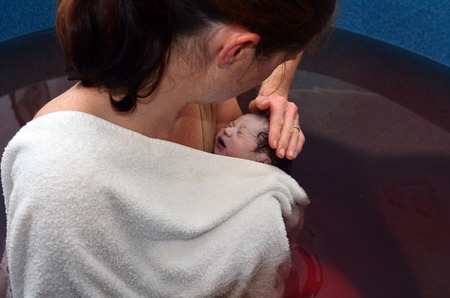
Ms Ginny Phang, a doula of 13 years, with 10 years of experience in home birthing, asserts that natural birth is important for both the parents and the babies, impacting the baby’s health as well as the mother’s life-long health.
“Birth culture has evolved so much to be intervention-based,” she says, “so most people feel safer in hospitals.” Recent ACOG (American Congress of Obstetricians and Gynecologists) guidelines have advised that ‘Less is More’ and to give low-risk pregnancies mothers more time to labour.
However, doctors here warn that home births can be unsafe. When asked to share their comments in a Straits Times story on home births, several doctors shared the dangers and risks involved. The College of Obstetricians and Gynaecologists Singapore also mentioned that even planned home births may pose a risk to both mother and child.
This did not deter the mum of two and newly-minted doula, Ms Sapphira Tay, as she reflects on her first birth experience. “The hospital environment made me very nervous, because of all the interventions. There were so many things to worry about. Because of all this, I believe my labour took even longer than necessary.”
Ms Tay successfully delivered her second child at home, an experience that enabled her to fulfill her original desire for a natural birth. Read her home birth story here.
Fear of Home Birth
Most first-time expectant mothers are fearful about the birthing process, particularly the pain involved. Many look to the interventions provided in the hospital to ease what they expect to be an otherwise difficult, even dangerous process. Yet, home birthing is meant to provide a setting where a mother feels safe and when she does, her birth cocktail of hormones work more efficiently for a smooth and safe labour process.
Ms Phang says her focus is to create a ‘birthing playground’. Giving the mother the ability to move about freely, to change into positions that feel most comfortable whenever needed, the presence of family and loved ones, and the coaching of a skilled doula all help the mother stay calm, and stimulates the release of oxytocin and endorphins – “the same hormones you use to conceive a baby,” says Ms Phang.
These hormones promote relaxation and support a birth process that is natural, enabling the body to function optimally, and will more likely than not result in a shorter, more comfortable delivery.
Who is a good candidate for a home birth?
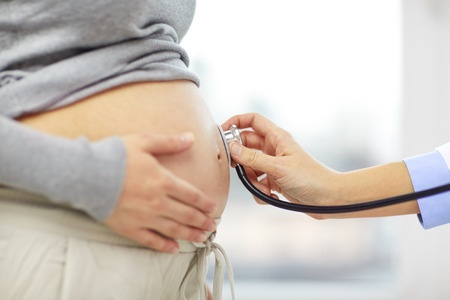
A mum with a healthy, low-risk pregnancy, who would like to avoid medical interventions such as an episiotomy, caesarean section or an epidural, and who wants the freedom to labour in ways that are most comfortable for her, and have family and friends present. High-risk pregnancy conditions, such as gestational diabetes, preeclampsia, or a history of pre-term labour, may rule out home birthing as an option.
Ms Phang stresses that home birthing, which she calls a ‘family birth’ needs to be a whole-family decision, not just what the mother wants to do. “I look for a family who is ready to invest emotionally, mentally and physically in the process of a home birth.” She cites pluses that include ‘a reasonable sense of confidence, teamwork between the couple, a common vision, can-do attitude and a willingness to DIY.’
“The husband needs to be extremely hands-on,” Ms Phang elaborates, “ready for what happens after you give birth – cleaning up and taking care of the baby immediately after.”
She adds that home birthing is certainly not for couples or mothers who prefer the assistance and reprieves provided in a hospital where newborns are often cared for in nurseries, especially during the trying first few days before the mother’s breastmilk comes in.
Naturally, many who are unfamiliar with home birthing would be concerned about the accompanying risks and cautions. One is the question of what happens if labour does not proceed as smoothly as expected. While a common reason for interventions in hospital deliveries is fetal distress, Ms Phang shares that in her 10 years of assisting home births, she has never encountered a single instance of it.
“The reasons (for a transfer to a hospital) are usually that the labour slows down or the mum really needs pain relief,” she relates from her experience. Another reason for a transfer would be if the baby needs medical intervention immediately after delivery. Other possible difficulties include maternal exhaustion, no progress with labour, cord prolapse, etc.
Preparing For A Home Birth
What are the important steps to take when preparing for a home birth?
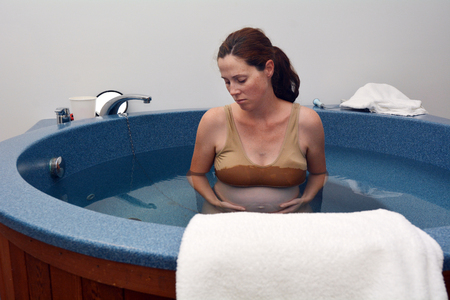
1. Get clearance from an obstetrician that you are medically fit and a good candidate for home birth.
2. In Singapore, an obstetrician is required to be present at a home birth, so you’ll have to acquire the services of one. Currently, there is one obstetrician-gynecologist licensed to oversee home births in Singapore, Dr Lai Fon-Min.
3. Engage the services of a midwife or doula, specifically one who is well-versed and experienced in home births. Interview a few, get to know their approach and a sense of the rapport you might have. During a home birth, it is the doula who handles everything logistically and supports the mother emotionally. Find the one with whom you not only feel comfortable, but who also gives you a feeling of empowerment and confidence.
4. Consider your birthing method of choice. Ms Phang says, “The bottom-line is to set things up for the mum to birth in any position you feel comfortable – to enable active birthing – stand up, squat, go on all fours, in the water.”
5. Work out a plan B for hospital transfer, in case of complications during labour.
6. Engage the services of a pediatrician who will examine the baby within 24 hours after delivery.
How much does it cost?
The costs of a home birth include the following*:
- Doula fees: ~ $3,000
- Obstetrician fees (Dr Lai’s rate): approximately $7,000 -10,000
- Rental of oxygen tank: approximately $400
- Rental of tub: approximately $500
- Miscellaneous: < $500
*estimated figures
By Sara Rognstad.
* * * * *
Like what you see here? Get parenting tips and stories straight to your inbox! Join our mailing list here.
Want to be heard 👂 and seen 👀 by over 100,000 parents in Singapore? We can help! Leave your contact here and we’ll be in touch.

















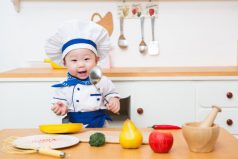




















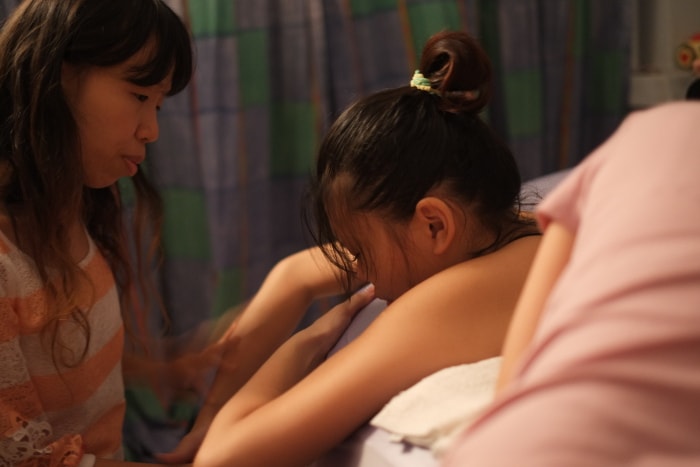
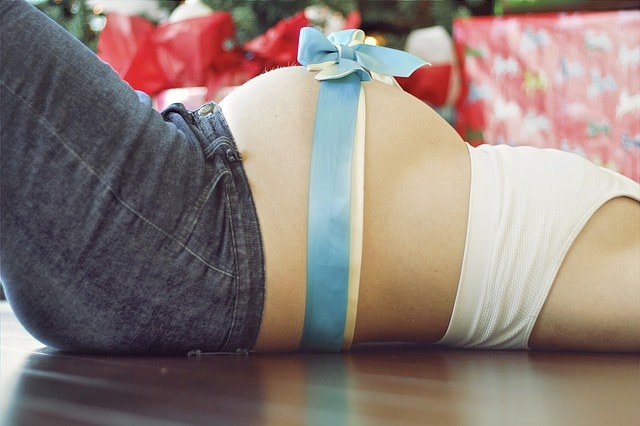






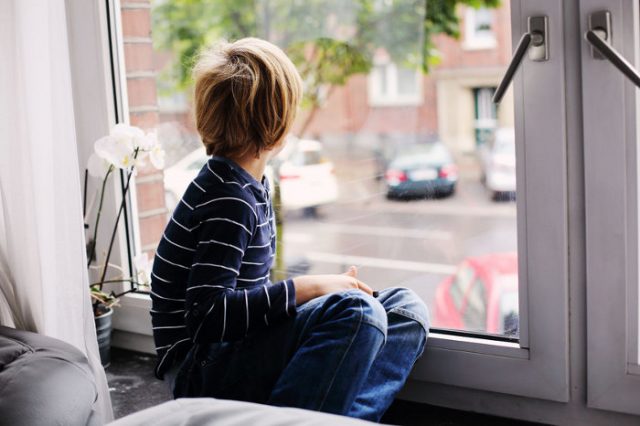


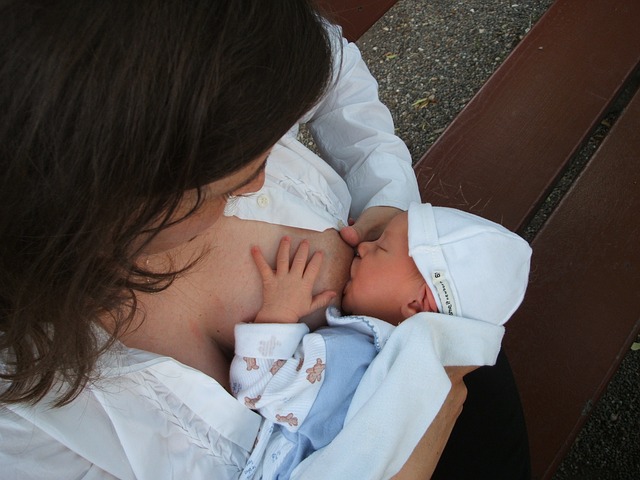









Leave a Comment: